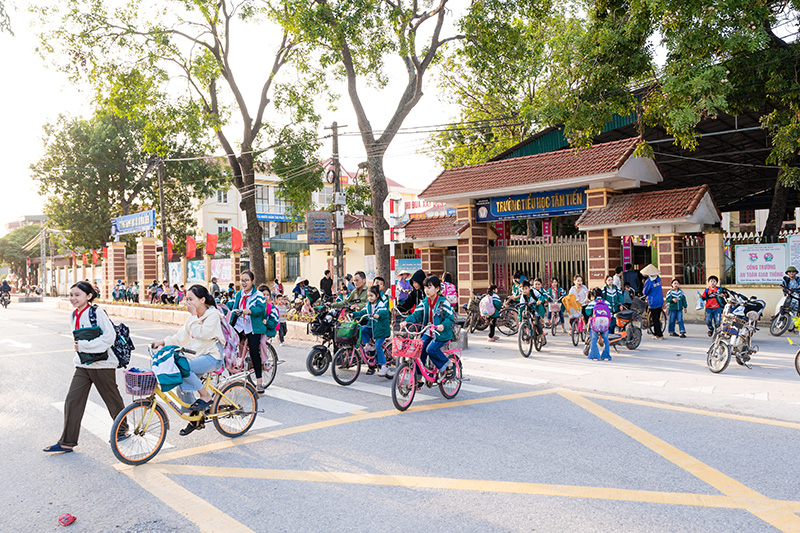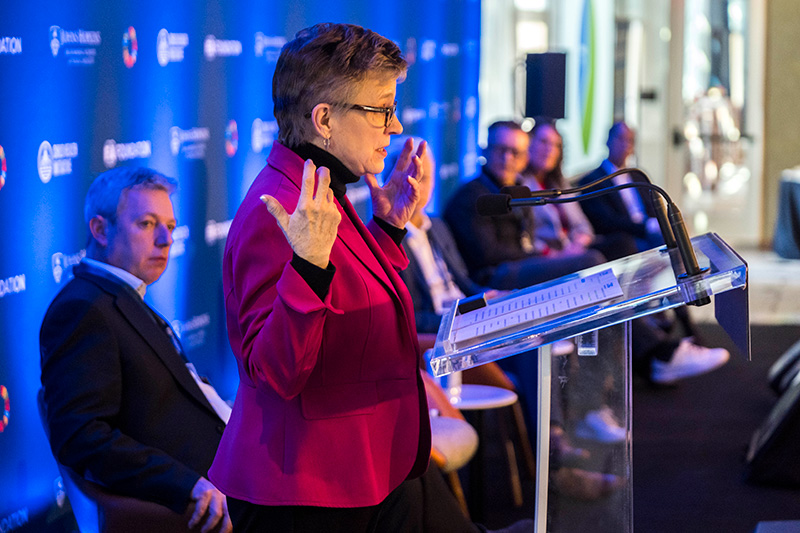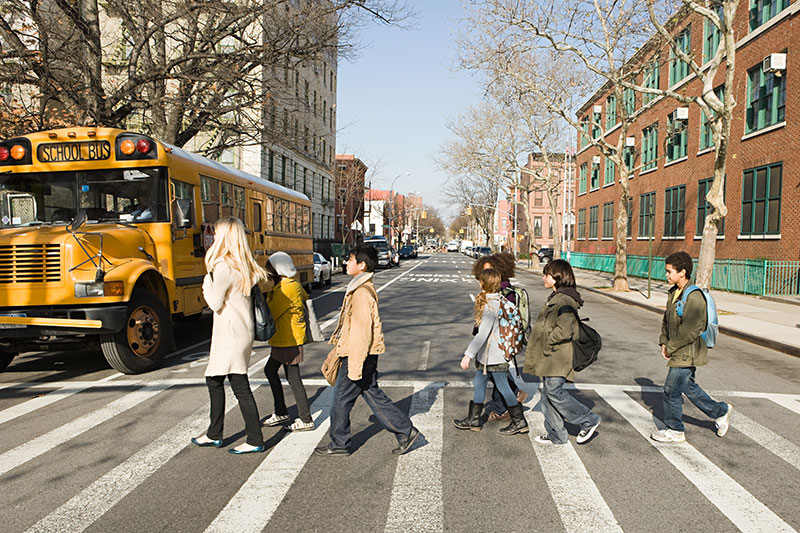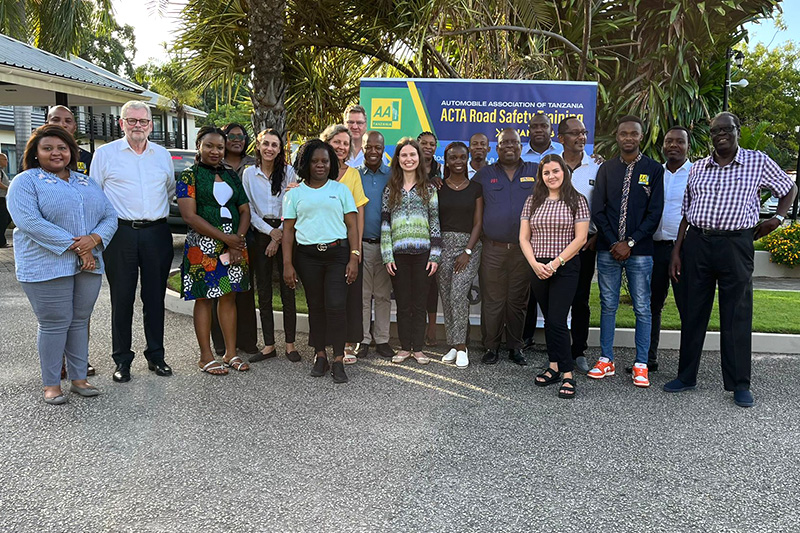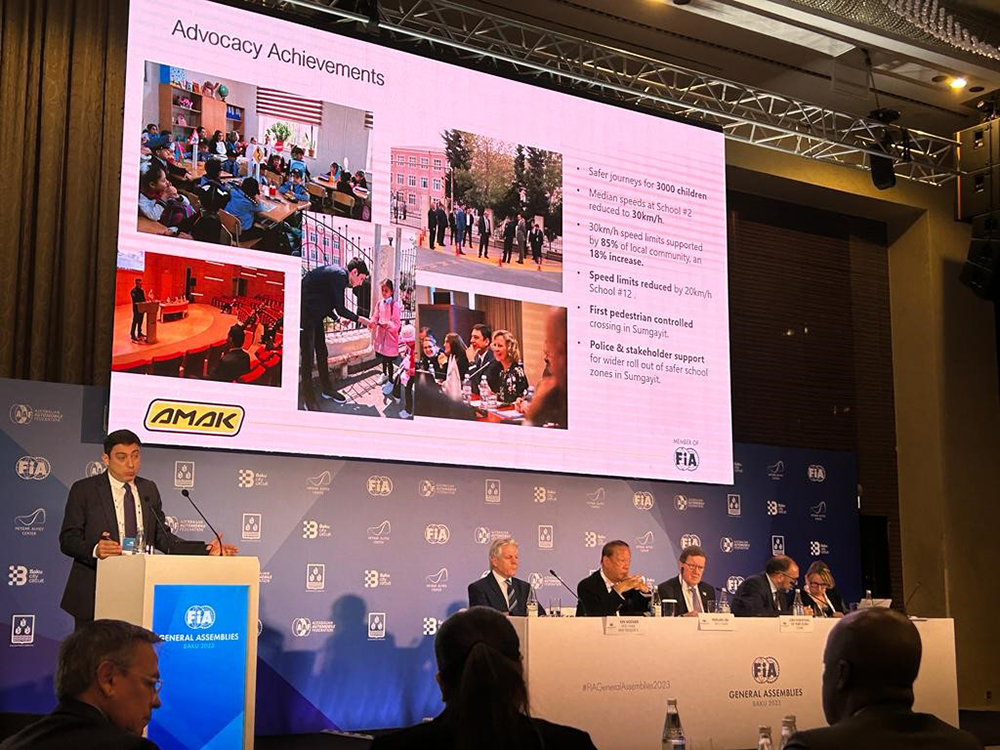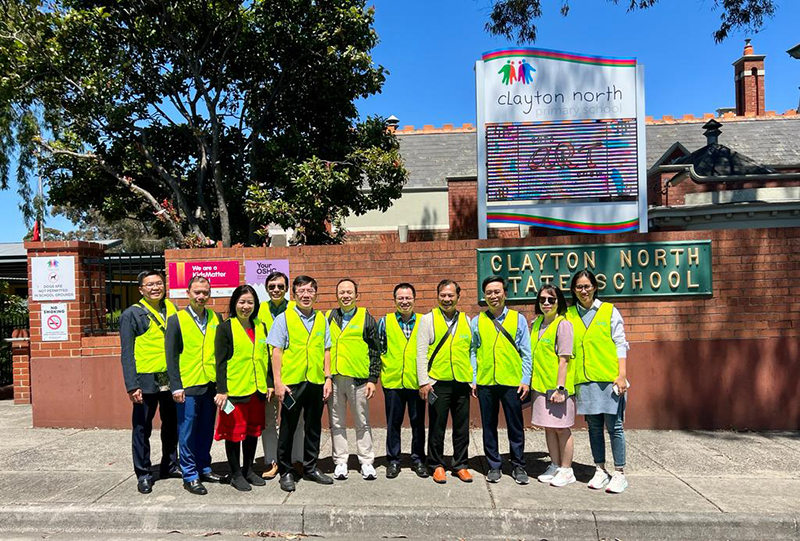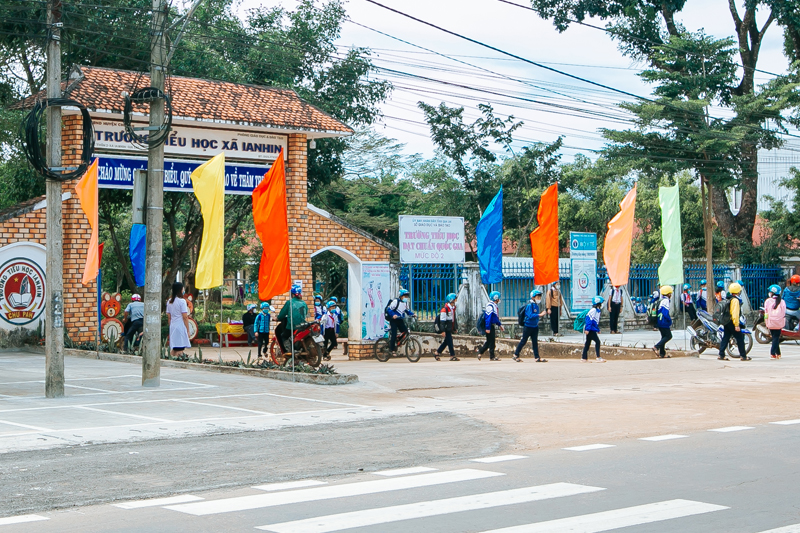Vision Zero for Youth advisory meeting sparks new coalition for change
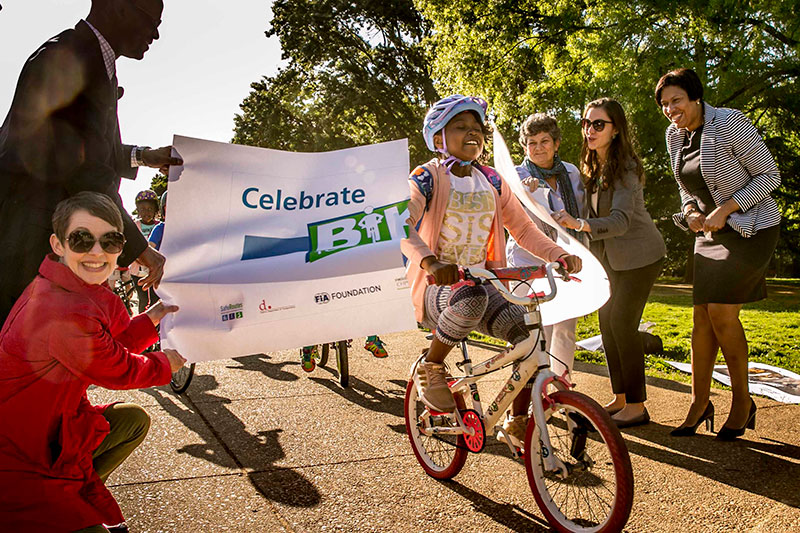
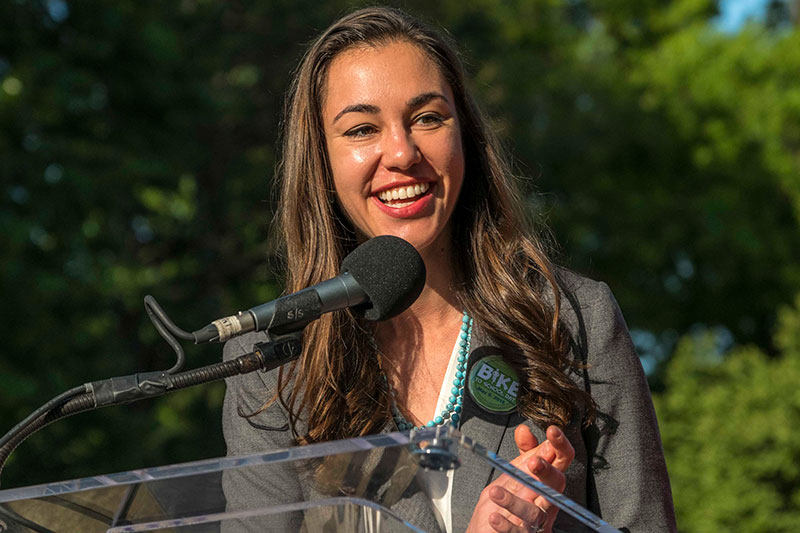
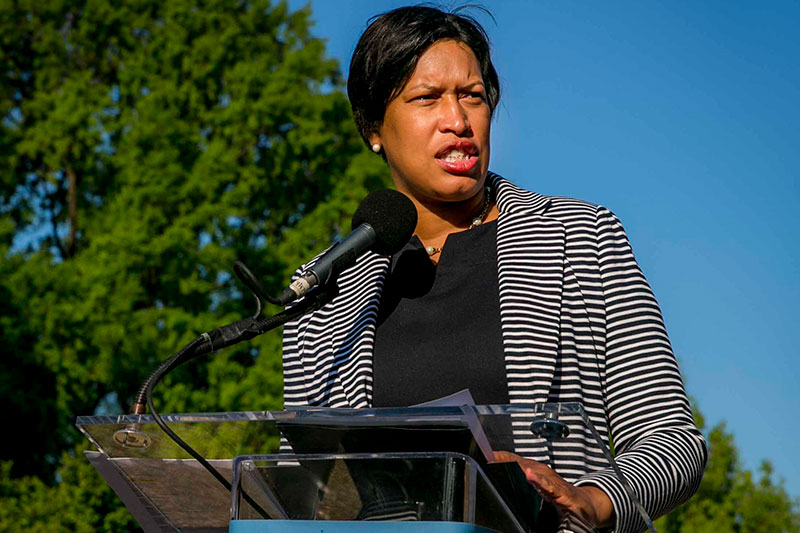
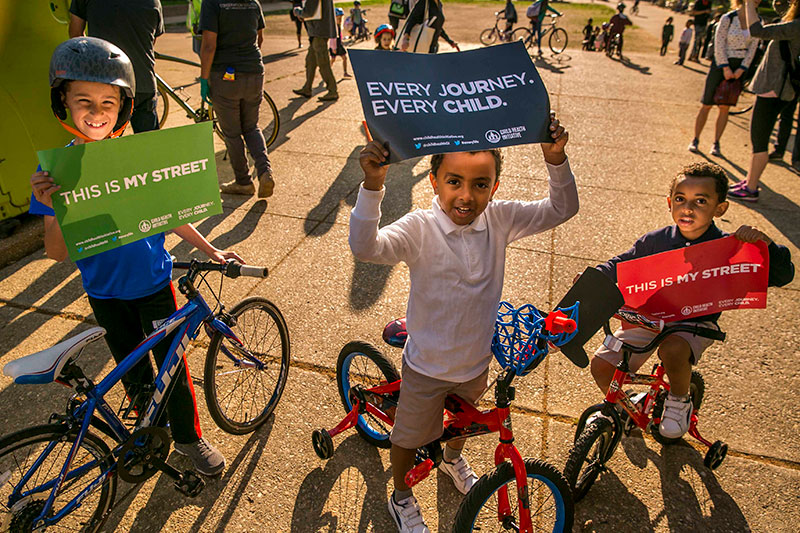
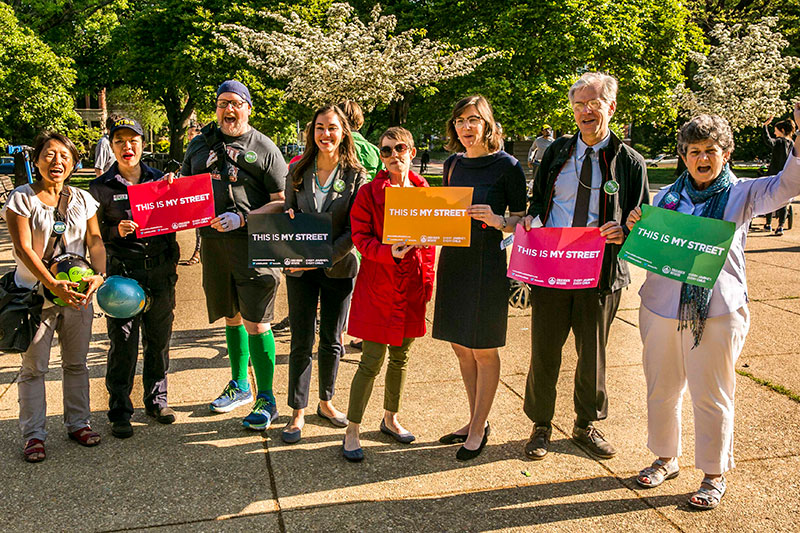
Twenty-two leading transport, city planning and road safety organisations met in Washington DC, launching a new coalition set to steer the expansion of Vision Zero for Youth across the United States and abroad.
Since 2009, pedestrian fatalities have risen across the country by 40%. The increase was reported by USA Today the same day the Advisory Group met for the first time, highlighting the desperate need to bring Vision Zero to more cities, with a focus on youth. Young pedestrians are particularly vulnerable to the risks presented by poor urban design when cars are prioritised. For this reason, Vision Zero for youth operates on two basic premises: For cities that don’t have Vision Zero, start with an achievable target of reaching zero fatalities among youth; For cities that do have Vision Zero, include a target and policies focused on youth.
Co-organized by FIA Foundation North American Director Natalie Draisin, and Nancy Pullen-Seufert Director of National Center for Safe Routes to School, the group focused on how to gain more support for Vision Zero. It was agreed that by putting youth at the heart of the agenda, and by focusing directly on youth engagement, it would be possible to accelerate the uptake of the Vision Zero.
Joining the discussion from the New York Department of Transportation, Kim Wiley-Schwartz shared her experience of rolling out Vision Zero in New York City. By focusing the agenda on protecting children it was possible to capture the imagination of the public in support of Vision Zero. Engaging with campaigners who had lost children themselves and also mentoring youth advocates to demand safe streets were outlined as key to success in the city. Since Mayor De Blasio introduced Vision Zero to the city, fatalities dropped by 45%.
Vision Zero for Youth is based on the Vision Zero philosophy - a growing movement of policy makers, experts and campaigners across the world who believe road fatalities can be eliminated through building urban environments that protect people from the inevitability of human error.
Natalie Draisin said, “Around the world, road traffic crashes are the leading killer of young people, but with initiatives like Vision Zero for Youth, we are committed to reversing that trend. It is an innovative way to help cities reach what can often seem like an ambitious target. It’s working here in the US, and it’s working in Mexico City, which is becoming the first emerging economy to implement it, thanks to our partner ITDP.”
The following day, Bike to School Day, represented Vision Zero for Youth in action. The national day had 3143 separate events running across the country. Children and communities came together not only to celebrate a day of healthy active transport through cycling, but also to show there is a huge demand for safe infrastructure necessary for children, and all people, to enjoy these activities.
In Washington DC, Mayor Bowser spoke to hundreds of children in Lincoln Park, sharing the success of the city that has the second highest percentage of cyclists in the United States and is rated a ‘gold star’ city for cyclists. Before kicking off the bike trains, Mayor Bowser announced she wanted to further reduce crashes in the city, for children to enjoy cycling safely.
Nancy Pullen-Seufert said, “We were so pleased to see the great energy and interest for Vision Zero for Youth. Encouraging communities to use places where children and youth walk and bike as first places for safety improvements shows great promise for building the public support that’s so vital if we’re going to reach zero traffic deaths.”
